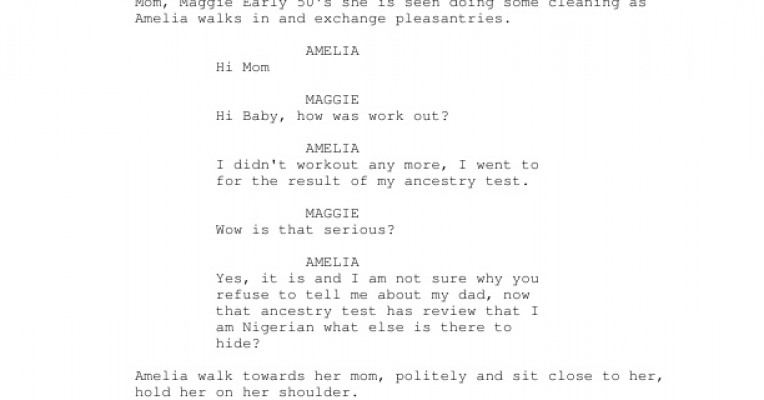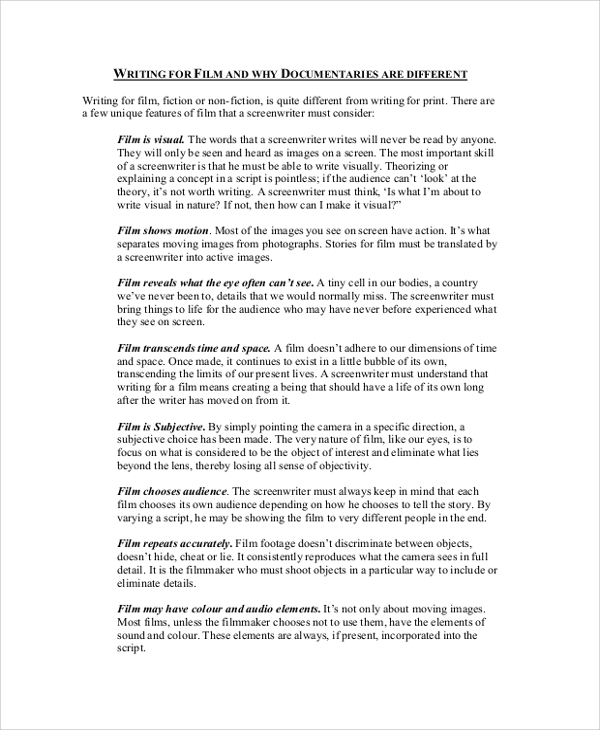
Think of the outline as the ‘definition’ of your script that breaks down the movement of the story, plot point by plot point. Try to fit it on one to two pages, and be concise. Write the Script – Then Notes, Notes, NotesĪn outline (sometimes called a ‘beat sheet’) is a brief synopsis of your entire story. You’ll find that writing with your characters’ personalities and goals in mind will take your story in unexpected places (usually for the better). No matter how great your action sequences are or how original your concept is, one dimensional and uninteresting characters will drag your story to a halt. The point is that characters having purpose is what makes them interesting. The stakes can be as high as the end of the world or as personal as the end of a friendship. This does not mean that their goals need to be lofty, they just need to be authentic. Always make sure that your characters have goals that they need to achieve, and ensure that those goals carry high stakes should your characters fail to meet them. Once you’re done with that, develop your characters. So how do you stitch together a good creature? Wait, I mean, so how does one write a good script? For those new to the craft, here are some simple, helpful directives to get you on the right track STEP ONE: CREATE A LOGLINE & DEVELOP YOUR CHARACTERSĪ great way to start the process is by coming up with a logline: one or two sentences that will encapsulate your story in an intriguing manner. Consider the Frankenstein metaphor: stitching the creature together is one thing, bringing it to life is something else entirely. The margin for error in writing a script is enormous, because a screenplay isn’t a story to be read on its own: rather, it is a blueprint for creating something larger and much more complex. You could have a one hundred and fifty page script that would only justify forty minutes of screentime.


You could craft a beautifully heartfelt and original script that will be rendered completely unfilmable by virtue of the way that you wrote it. The problem is that scripts are as much technical documents as they are works of art. Anyone who’s spent time in a script editor knows the giddy sensation of typing along and finding themselves suddenly ten, or twenty, or even thirty pages into a script. Another part of the deception is the textual nature of screenplays themselves: the formatting on the page creates a lot of empty space.


 0 kommentar(er)
0 kommentar(er)
